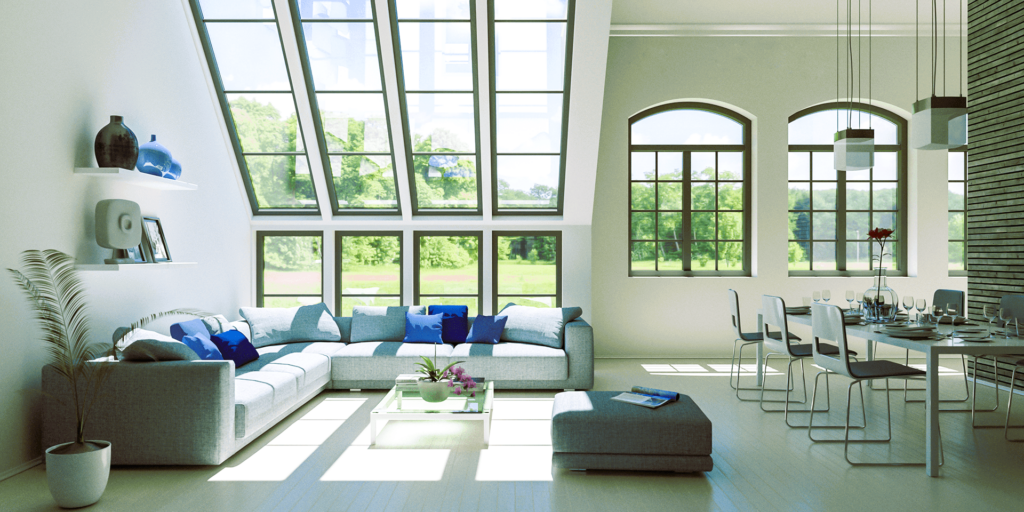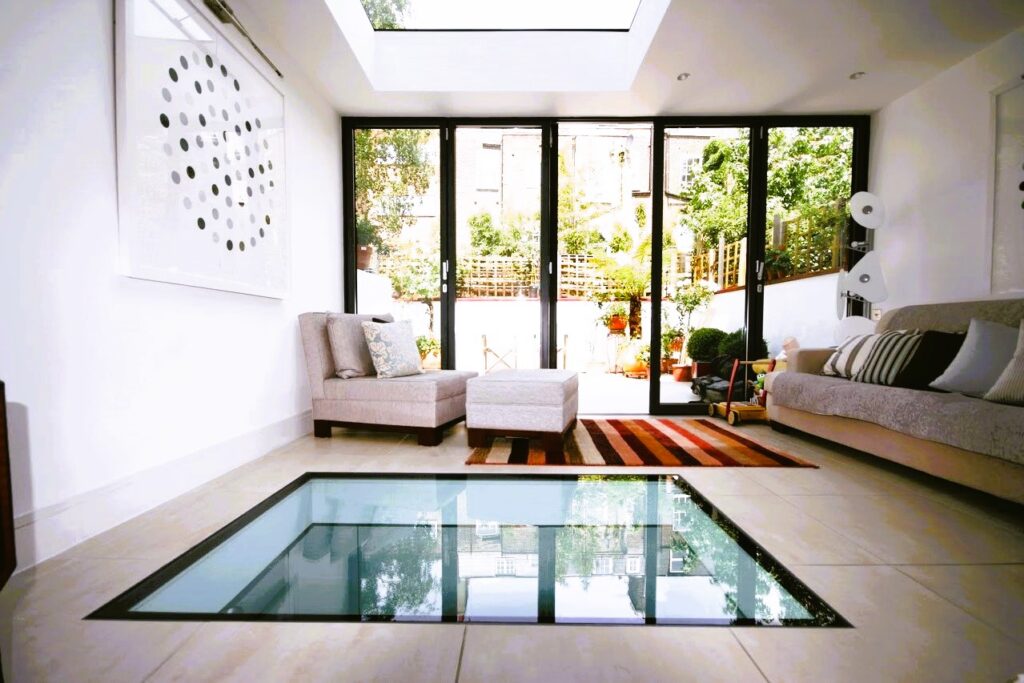Enhancing Spaces with Natural Light and Views
When it comes to interior design, windows play a vital role in shaping the overall ambiance and functionality of a space. They are much more than just openings for ventilation; windows have the power to transform a room, creating a connection between the indoor and outdoor environments while infusing it with natural light and captivating views. Let’s explore the significant role windows play in interior design.

First and foremost, windows allow natural light to flood into a space, creating a sense of openness and warmth. Natural light has a remarkable impact on the aesthetics of a room, making it appear more inviting, vibrant, and spacious. It enhances colors, textures, and materials, bringing out their true beauty. Moreover, natural light promotes a healthier and more pleasant living or working environment, positively affecting our mood, productivity, and overall well-being.
Beyond their aesthetic and psychological benefits, windows also have a functional aspect in interior design. They provide ventilation, allowing fresh air to circulate throughout the space, maintaining a comfortable and healthy atmosphere. Properly positioned windows can take advantage of natural airflow, reducing the need for mechanical ventilation systems and contributing to energy efficiency.
Windows also serve as a visual connection to the outside world, offering captivating views that can become an integral part of the design. Whether it’s a sprawling landscape, a bustling cityscape, or a serene garden, the view framed by a window adds depth and dimension to a room, creating a focal point and enhancing its overall appeal. Designers often strategically position furniture or create cozy reading nooks near windows to take advantage of these views, inviting occupants to appreciate and engage with the surrounding environment.
In addition to their aesthetic and functional aspects, windows also influence the spatial layout and arrangement of furniture within a room. Designers consider the placement, size, and style of windows when determining furniture layouts to optimize the use of natural light, maintain privacy, and create a balanced visual composition. The strategic positioning of windows can also help define the hierarchy of spaces within a room, directing attention to specific areas or architectural features.

Furthermore, windows play a crucial role in sustainable design. By incorporating energy-efficient window systems, such as double-glazed or low-emissivity windows, designers can minimize heat loss, improve insulation, and reduce reliance on artificial lighting and heating systems. These eco-friendly practices not only contribute to energy conservation but also help create more sustainable and environmentally responsible interiors.
In summary, windows are essential elements in interior design, offering numerous benefits beyond their practical functions. They bring in natural light, enhance visual aesthetics, connect us with the outside world, and impact our well-being and productivity. By carefully considering the placement, size, and design of windows, interior designers can harness their transformative power to create spaces that are not only visually stunning but also functional, sustainable, and conducive to a harmonious living or working environment.
